Hearing loss leads to various challenges in daily life. It can have a significant impact on professional settings as well. The workplace is an environment where effective communication and collaboration are crucial for growth. For individuals with hearing loss, navigating the demands of the job while managing their hearing impairment can be a hard journey. In this blog, we will explore some strategies and accommodations to effectively manage hearing loss in the workplace and create an inclusive and supportive work environment.
Understanding the Impact:
Hearing loss can vary in severity, from mild to profound. Regardless of the degree, it can affect an individual’s ability to understand speech, follow conversations, and engage in team activities. This can lead to misunderstandings, missed instructions, and feelings of isolation, ultimately impacting job performance and overall job satisfaction.
Disclosure and Communication:
One of the first steps in managing hearing loss in the workplace is open communication. If you have hearing loss, consider disclosing it to your supervisor, HR department, or colleagues. This disclosure can initiate a collaborative effort to create an accommodating work environment. Colleagues can be more understanding and may modify their communication styles to better suit your needs.
Accommodations and Strategies:
Employers are legally obligated to provide reasonable accommodations to employees with disabilities, including those with hearing loss. Here are some strategies and accommodations that can be implemented to ensure a supportive workplace:
- Assistive Listening Devices: Request the use of assistive listening devices, such as FM systems, loop systems, or amplified telephones. These devices can enhance sound clarity and reduce background noise during meetings or conversations.
- Communication Strategies: Ask colleagues to face you when speaking, as lip-reading and visual cues can be helpful.
Request written agendas or meeting minutes before discussions to aid understanding.
Encourage colleagues to speak clearly and at a moderate pace.
- Quiet Workspace: If possible, request a quiet workspace away from noisy equipment or high-traffic areas to reduce auditory distractions.
- Flexible Communication Channels: Utilize various communication channels, such as emails, instant messaging, and video conferencing, to ensure effective communication in different scenarios.

- Captioning and Transcripts: For presentations and videos, request real-time captioning or transcripts to provide visual access to the content.
- Breaks and Rest Areas: Allow short breaks to rest your ears and recharge, especially in noisy environments.
- Training and Awareness: Educate colleagues and supervisors about hearing loss, its challenges, and communication strategies. Increased awareness fosters a more inclusive workplace.
- Flexible Work Arrangements: Consider flexible work hours or remote work options, allowing you to choose quieter environments for tasks that require intense focus.
- Regular Check-Ins: Have regular check-ins with your supervisor to discuss any challenges or adjustments needed to ensure your success and well-being.
Embracing a Supportive Work Culture:
Creating an inclusive work culture involves both employers and employees working together to accommodate hearing loss. Employers can establish a culture of understanding and empathy by implementing the following practices:
- Accessibility Training: Provide training to employees on creating an inclusive environment and communicating effectively with colleagues who have hearing loss.
- Noise Reduction Measures: Implement noise reduction measures, such as acoustic panels, partitions, and noise-canceling headphones, to create a quieter workspace.
- Flexibility and Understanding: Encourage supervisors and colleagues to be flexible and understanding when accommodating requests or making adjustments.
- Regular Feedback: Foster a culture of open feedback where employees feel comfortable discussing their needs and suggesting improvements.
- Supportive Policies: Develop policies that address accommodation needs and outline procedures for requesting and implementing accommodations.
In Conclusion: Managing hearing loss in the workplace requires a collaborative effort from both employees and employers. By implementing strategies, and accommodations, and fostering an inclusive work culture, individuals with hearing loss can thrive in their professional roles. Effective communication, understanding colleagues, and a commitment to accessibility contribute to a supportive environment where everyone can contribute their best. As workplaces continue to evolve, the journey toward inclusivity ensures that all employees, regardless of their hearing abilities, can achieve their full potential.





